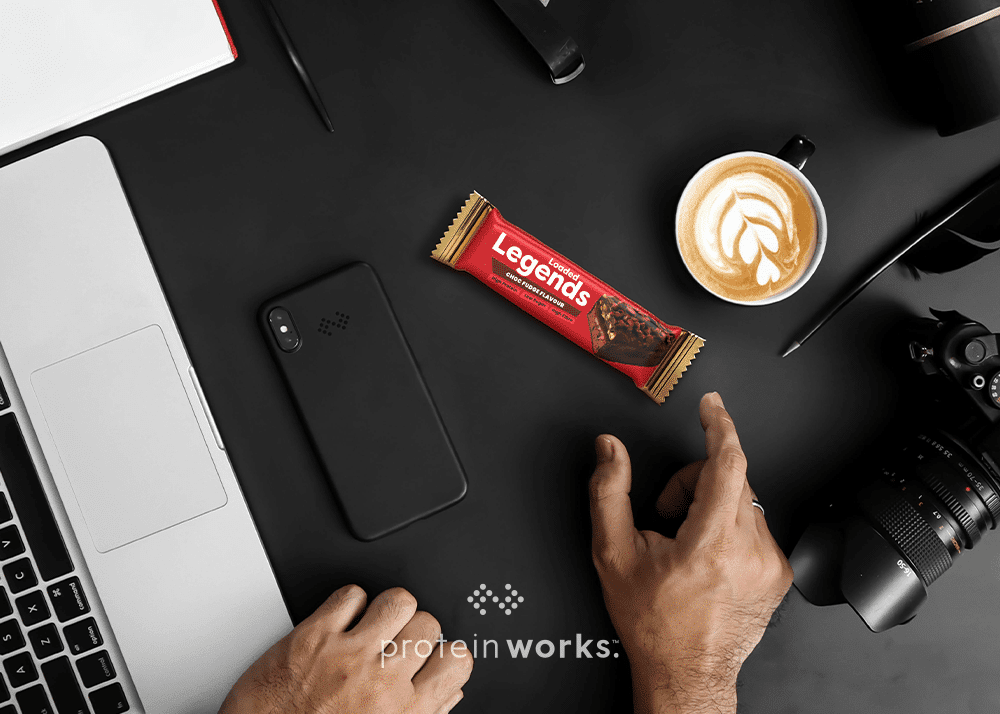
The Importance Of Washing Your Meat
The selection of leaner meat choices has become a well-established supermarket practice for most of those conscious about their health or goals.

Quality Meat on a Budget
So what can be done if we’re on a budget and stuck in the rut between prioritising health/performance and other factors in our lives such as family, bills, social life and the rest? Having been in the same position at many a point in my life (mainly the days of being a poor student) I would look for every trick in the book to have maximal nutritional quality while having minimal cost. In what I called ‘bare-bones mode’ the meat part of my diet would largely consist of the following;
- Tinned Sardines
- Tuna
- White Fish
- Heart, Liver and other Offal
- Chicken Breast/Pieces
- Eggs
- Lean Pork (when on offer)
- Cottage Cheese
- Protein Powder
While for some this may seem a completely acceptable amount of variety, being a Yorkshireman/South African farm boy I have always been a beef and lamb lover at heart. The issue however, is that lean beef and lamb are unfortunately some of the most expensive cuts of meat in the United Kingdom. When I started expanding my knowledge and awareness on toxicity, the choices of beef and lamb that fit optimal criteria became even more out of reach. After exhausting all sources of cheaper sources of optimal quality produce I was left with two options – decrease the toxicity of lower quality meat or optimise the nutritional profile of higher calorie choices where the latter of the two was clearly the easier of the options.
Optimising the Nutritional Profile of Your Meat
The most obvious method of this is to simply reduce the portion size slightly – however when you’re a man who likes his food this becomes relatively unsatisfying pretty quickly and this leads to the purpose of this article – finding a technique that would significantly reduce the fat content of beef so I could still afford to buy at least the organic option without having to worry about the additional cost of the ‘lean’ option by essentially making it lean myself.
Anyone who cooks or has watched someone cook meat will notice that with fattier cuts there is a gradual release of fat into the pan – hence why fattier cuts are often shunned (or welcomed) as being ‘too greasy’. Initially people would drain the fat off (the most obvious solution) but considering that the drained excess is part water/part fat it’s hard to tell how much of the effluent is what and even when you assume that it will probably only be around 50% fat there still isn’t much lost. Another procedure used is paper towel ‘blotting’ post-draining to get some of the fat off of the meat itself where you could technically weigh the paper towel before and then afterwards to assess how much fat had been absorbed however while being a tedious task in itself also produced minimal results. So, what next? Rinsing.
Rinsing?
Nearly every kitchen has a colander and it certainly isn’t advanced biochemistry to run boiling water through and shake it about a bit. ‘’But surely that’s not going to have much of an effect?’’ I’ve been asked on many an occasion – you’d be surprised!
One study showed a reduction of 23-59% fat for mince of 9.6-20.8% fat content that was stir-fried (dry) and then water rinsed however when fried in vegetable oil (preferably olive oil for personal use or being vigilant that the oil does not smoke and oxidise) the fat content after rinsing beef of 20.7% fat content was reduced by a whopping 67.7%! Not only that but for those that are cholesterol conscious this study also showed a reduction of 39.2% cholesterol. Another study supports this with a 31-35% fat loss from cooking and draining alone and an additional 25-30% loss through rinsing, accounting for a possible total of 65% fat loss from cooking, draining and rinsing. From the various studies performed it’s assumed that the greater the fat content of the meat the greater the percentage in fat loss from rinsing can be expected and as the results suggest above it seems that meat of around 20% fat incurs the greatest fat loss potential through rinsing. In most supermarkets and butchers in the UK the cheapest mince available tends to be around 20-25%, making this pretty much directly applicable.
The Take-home Message?
Having a functional, healthy and tasty diet doesn’t have to be void of the tastier (and generally less toxic – more on this another day) food options such as beef or lamb due to financial constraints or calorific density. The following key figures can be taken from this article;
- Cooking (dry or with oil) meat mince of around 20% fat, draining and then rinsing with boiling water you can expect around a 50-65% reduction in fat.
- ‘Value’ Beef Mince tends to cost around £3-£4/kg and tends to have a fat content of around 20-25%.
- ‘Extra-lean’ varieties err anywhere from £7-£12/kg depending on the seller with a fat content of around 5-7%.
- By cooking, draining and rinsing with boiling water and therefore reducing the fat content of 20-25% mince you can expect your mince to be around 7-12.5% fat.
- ‘Is it really worth it?’ – well that’s entirely dependent on what kind of priority you apply to minimizing food costs however whether you do or you don’t an extra ± 5 minutes of your time means you have mince of nearly exactly the same degree of leanness for 43-400% less of the cost (seller dependent). This is a technique I have personally done for years with great success and am happy to finally put some science behind to hopefully give some of you some light to your possibly dull diets.






No Comments yet!